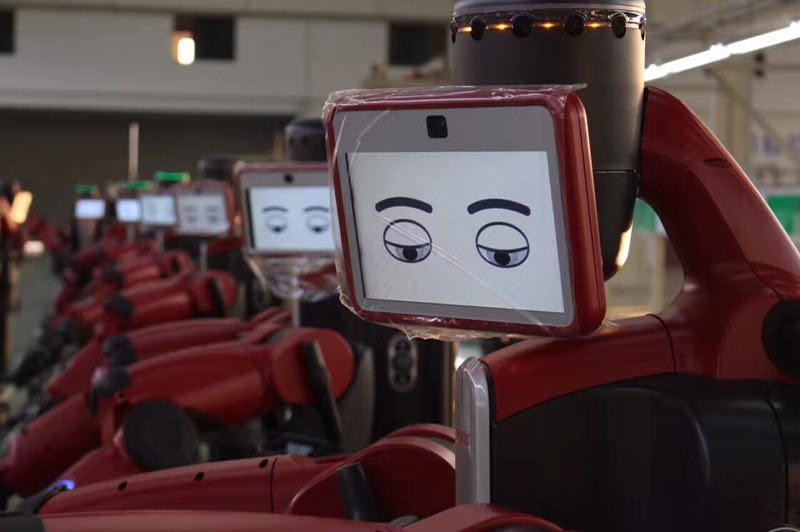In the United States we measure how much gasoline an automobile uses in units of “miles per gallon”, often referred to as the car’s “fuel economy”. Elsewhere in the world it is measured in “liters (litres) per 100 kilometers”. Since both gallons and liters are volume measurements when we do a dimensional analysis of these … Continue reading Gas Mileage, with a Side of British Units
Patrick Winston is one of the greatest teachers at M.I.T., and for 27 years was Director of the Artificial Intelligence Laboratory (which later became part of CSAIL). Patrick teaches 6.034, the undergraduate introduction to AI at M.I.T. and a recent set of his lectures is available as videos. I want to point people to lectures 12a and … Continue reading Patrick Winston Explains Deep Learning
The word “robot” has been hijacked. Twice. (Or thrice, if we want to be pedantic, but I won’t be.) THE ORIGINAL SPIN The word “robot” was introduced into the English language by the play R.U.R., written in Czech by Karel Capek, and first performed in Prague on January 25, 1921. R.U.R. stands for Rossumovi Univerzálni … Continue reading Robot Is A Hijacked Word
Megatrends are inexorable, at least for some decades, and drive major changes in our world. They may change our planet permanently, they change the flow of money within our society, they drive people to move where they live, they kill some people and cause others to be born, they change the fortunes of individuals, and … Continue reading Megatrend: The Demographic Inversion
This is the first post in an intended series on what is the current state of Artificial Intelligence capabilities, and what we can expect in the relative short term. I will be at odds with the more outlandish claims that are circulating in the press, and amongst what I consider an alarmist group that includes … Continue reading What Is It Like to Be a Robot?
I have been working on an upcoming post about megatrends and how they drive tech. I had included the end of Moore’s Law to illustrate how the end of a megatrend might also have a big influence on tech, but that section got away from me, becoming much larger than the sections on each individual … Continue reading The End of Moore’s Law
In all science fiction movies and TV shows when there are aliens and the humans have to fight them it turns out to be close to a fair fight. Of course the humans always win in the end, but there is plenty of drama as the fight is balanced and there is room for the … Continue reading A Fair Fight?
There was a really important scientific result reported on this week in the press. The original paper, by a team at Scripps Research Institute in La Jolla, CA, a person in Grenoble, France, and a person in Henan, China, is behind a paywall at the National Academy of Science. This team had previously introduced a new, … Continue reading Adding to the Alphabet of Life
This is a short piece I wrote for a workshop on what are good things to work on in robotics research. One measure of success of robots is how many of them get deployed doing real work in the real world. One way to get more robots deployed is to reduce the friction that comes up during … Continue reading Research Needed on Robot Hands
I am a big Star Trek fan. But there is one little problem… How come all the races they meet are essentially humanoid, apart from the occasional pool of tar which both speaks and absorbs well loved security officers? Why is the whole Universe, well at least the whole of Alpha Quadrant of our Galaxy, … Continue reading Humanoids of Star Trek
